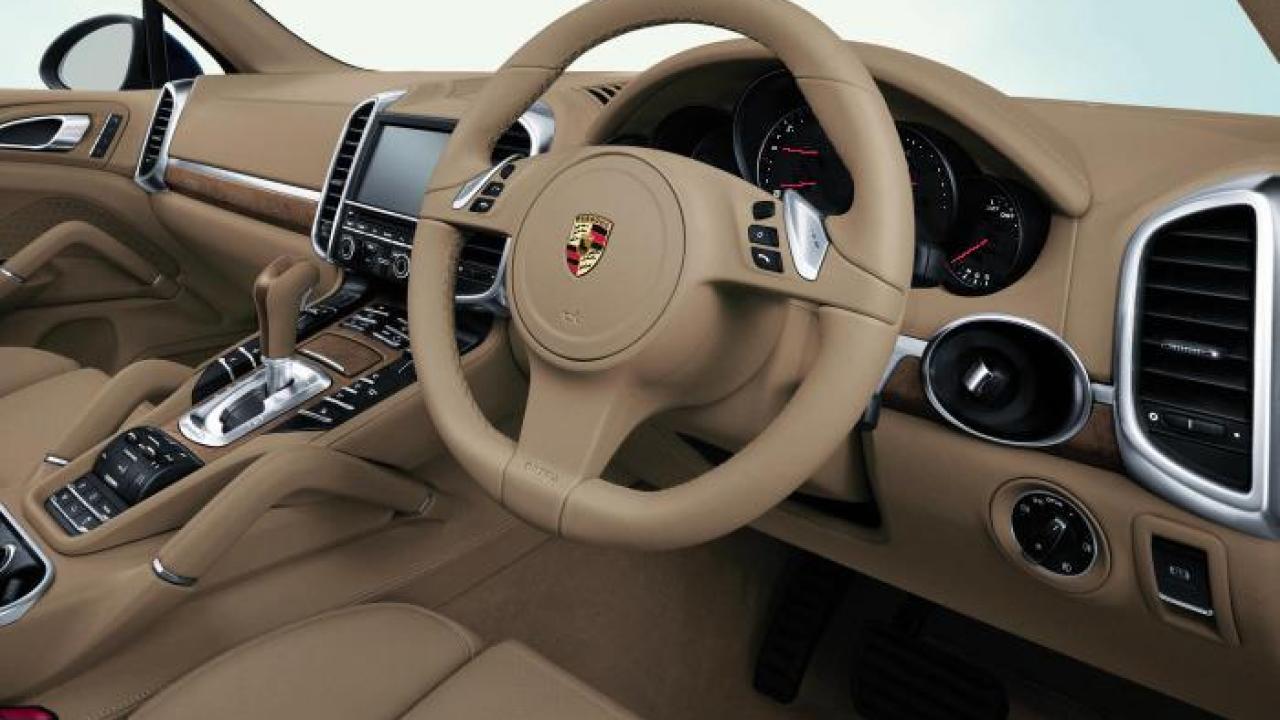New car report; Cayenne goes through the mill.
The people at Stuttgart must be rubbing their hands together. The original business case for their Cayenne SUV prior to international launch in 2002 was built on a projection of 20,000 units per year.
In 2009, with an ageing model and the world in the depths of a recession, demand for the Cayenne was double that original annual projection, with 40,000 units finding buyers
Recently launched onto the New Zealand market was the new generation replacement. Longer by 48mm and wider by 11mm, the new model weighs in at 185kg less, thanks largely to a 103kg lighter body shell, but sleight of hand by the design team results in a finished product that appears smaller.
Performance has been either increased or maintained, while fuel consumption has been improved quite significantly. This has been achieved by making a number of small savings from numerous systems, with the sum total adding up to a significant improvement of up to 23%.
Lighter, faster, leaner - and sharper looking.
In addition to the weight saving, better thermo management meaning that the engine warms up quicker, a new eight speed transmission in place of the old six speed unit giving a 20% wider ratio spread, optimised engine management, new generation tyres and a Start Stop function all play their part.
This is the first time we’ve seen Start Stop on an automatic vehicle, as there have been hurdles in the past in maintaining transmission oil pressure when the engine is stopped. With the use of an electric auxiliary transmission oil pump, pressure can be maintained enabling instant take off when the engine restarts.
Also new to the Cayenne is a change to the AWD system, now adopting the same technology used in 911 and Panamera, giving greater on-road agility. The new Porsche Traction Management (PTM) system eliminates the need for a weighty reduced-ratio transfer box and utilises lightweight driveshafts and lighter final drive units, front and rear.
Exterior styling is more evolutionary that revolutionary and there’s no doubt that this is a Cayenne. Rear end treatment is particularly pleasing with large Porsche lettering across the rear hatch and wider tail lights being the most immediately obvious visual signs that things have changed.
A number of styling cues have been taken from the Panamera, and nowhere more so than the interior and cabin, which is class leading. Everything is well and logically laid out, and high quality materials give a true luxury car feel throughout.
As expected of a Porsche, even one this big, the Cayenne handles like a well-bred sports car, cornering flat and confidently, giving the driver little or no hint that this machine is almost 5 metres long, weighing over 2 tonnes.
Petrol engines on offer are the 220kW/400Nm 3.6 litre V6, offering 0-100km/h performance of 7.8 seconds, a 294kW/500Nm V8 Cayenne S accelerating to 100km/h in 5.9 seconds and the range-topping V8 Cayenne Turbo churning out 368kW of power and 700Nm of torque with a 4.7 second 0-100km/h time.
The petrol models consume fuel at the rate of 9.9L/100km, 10.5L/100km and 11.5L/100 km for the Cayenne, Cayenne S and Cayenne Turbo respectively.
Diesels and Hybrids too.
Alternatively powered models are a 176kW/550Nm 3.0 litre V6 turbo-diesel and a fifth model now added to the range with a new Cayenne S Hybrid, which has a combined petrol/electric output of 294kW of power and 580Nm of torque.
However, at $197,500, the Hybrid is the best part of $60,000 more than the Diesel which consumes 7.4L/100km compared with the Hybrid's 8.2. Suffice to say, of the two, we'd probably go for the Diesel.
With the entry level petrol and diesel models priced at $137,000 and $138,000 respectively, both represent a $1,000 increase over the previous model.
Porsche’s New Zealand importer European Motors Ltd have managed to shave $5,000 off the price of the V8 Cayenne S, which now retails at $182,500, while the range topping Turbo remains unchanged at $270,000.
Like it has from the start, the Cayenne will still polarise opinion and it isn’t for everyone. But the more attractive styling of the new one will widen appeal, and with diesels and now hybrids on the menu, Porsche has proven that a large SUV, capable of towing 3,500kg doesn’t have to be a gas guzzler.
More information
Find used Porsche for sale – AA Carfair
Porsche new car prices





